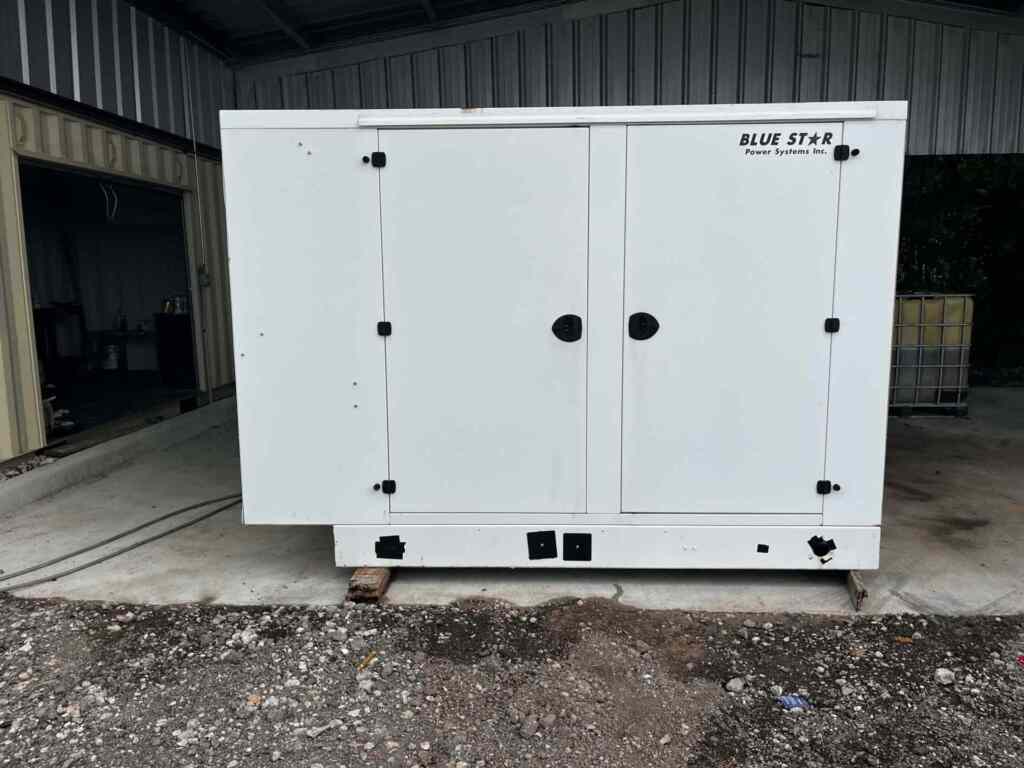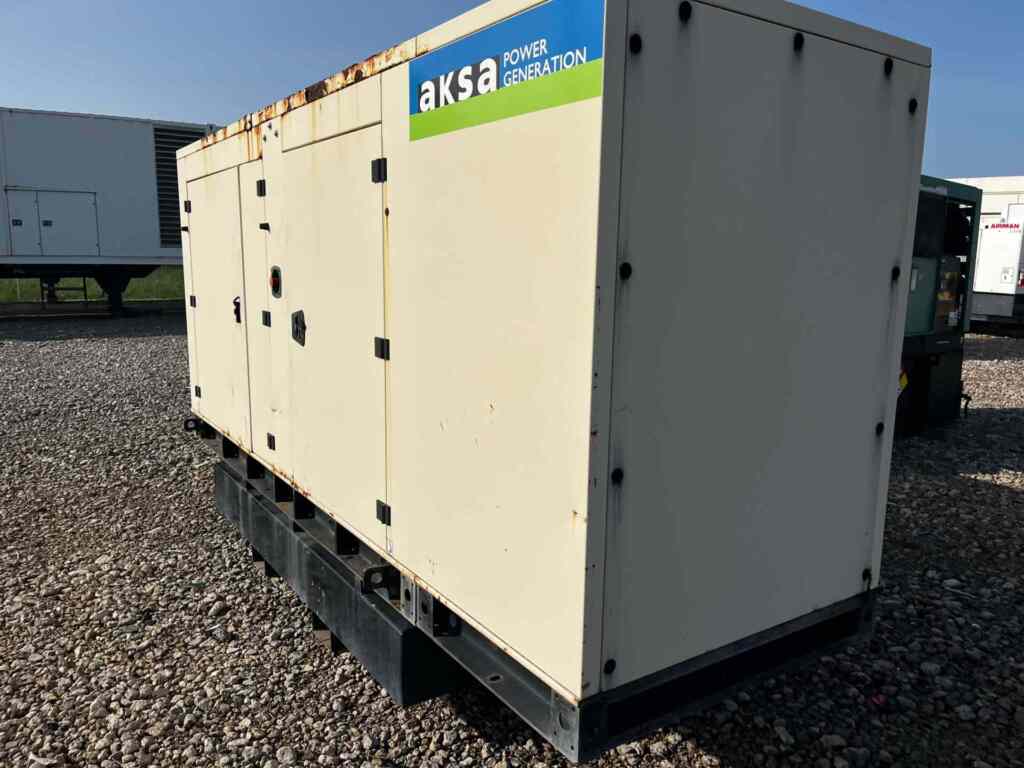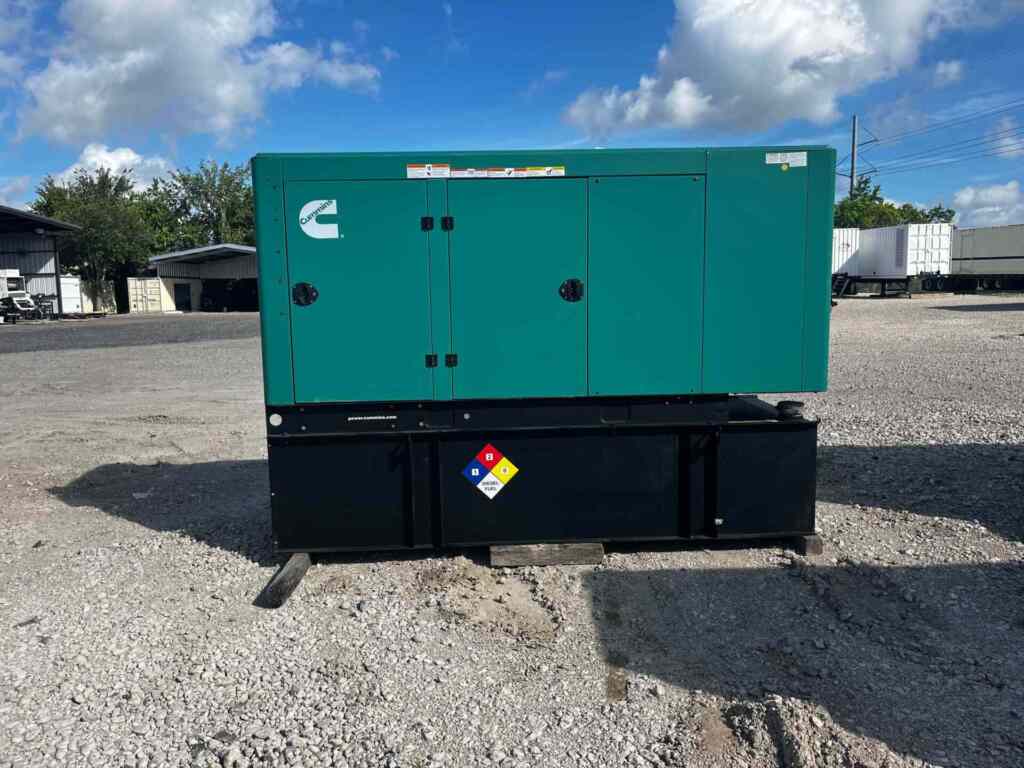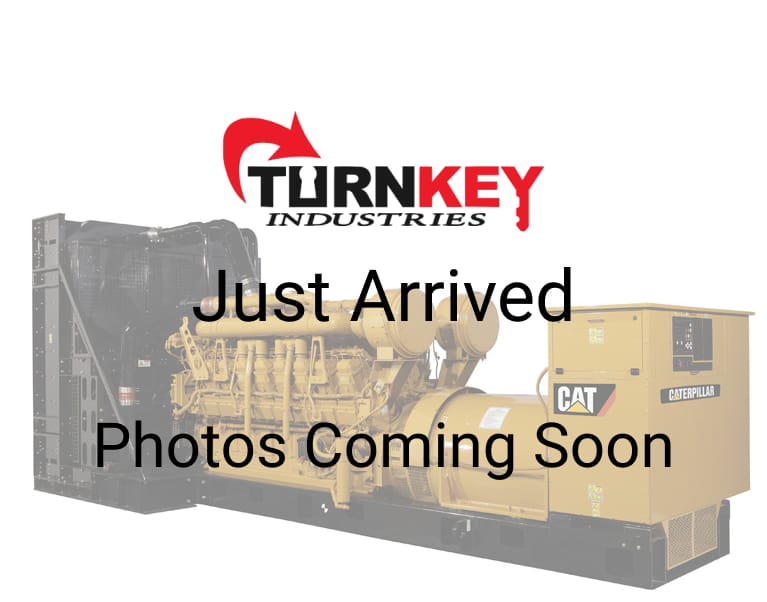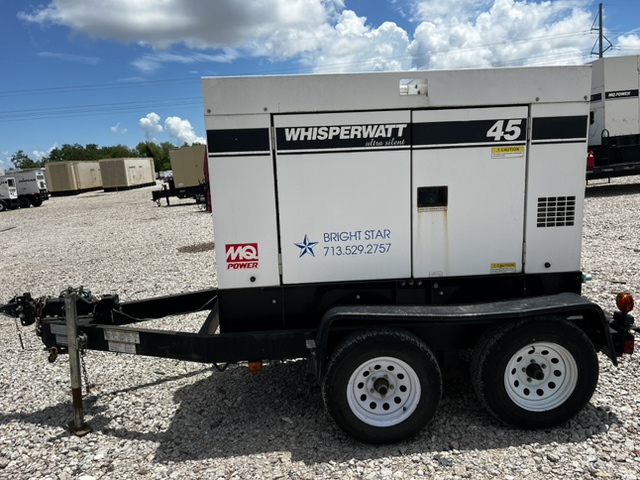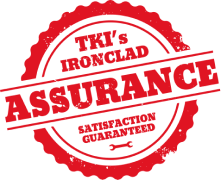Power keeps industries moving. From life-saving operations in hospitals to large-scale construction and aquaculture systems, industrial generators ensure that work never stops. These machines are designed for reliability, but even the most dependable units can fall short when fuel is not used efficiently. Unused fuel leads to higher emissions, unnecessary costs, and strain on critical equipment. Managing this waste is vital for cleaner energy and stronger generator performance.
Understanding Unused Fuel and Its Role in Emissions
Unused fuel, often referred to as unburned hydrocarbons (UHCs), is fuel that fails to combust completely within the engine chamber. This incomplete combustion leads to a release of harmful byproducts such as carbon monoxide (CO), nitrogen oxides (NOx), and particulate matter (PM). These substances not only degrade air quality but can also violate local environmental regulations, particularly in non-attainment areas where emissions limits are tightly enforced.
The problem of unused fuel is most pronounced in the following scenarios:
- Operating below load (wet stacking)
- Poor fuel atomization or injection timing
- Clogged air filters or restricted airflow
- Cold engine temperatures during startup cycles
- Low-quality or contaminated fuel
Generator Performance and Fuel Combustion Efficiency
Generator performance is directly tied to how efficiently fuel is converted into mechanical energy. When combustion efficiency drops, the generator consumes more fuel while delivering less usable power. This results in higher operating costs and increased emissions.
Key performance metrics affected by poor fuel combustion include:
| Metric | Impact of Unused Fuel |
| Fuel Consumption Rate | Increases due to incomplete burn cycles |
| Thermal Efficiency | Decreases as more fuel is lost as heat or soot |
| Maintenance Intervals | Shortened due to carbon buildup in the exhaust and engine components |
| Emissions Output | Elevated NOx, CO, and PM levels |
Wet Stacking and Its Impact on Clean Energy Goals
Wet stacking occurs when diesel generators operate for prolonged periods at light loads, often below 30% of rated capacity. In these conditions, fuel doesn’t burn entirely, leading to a buildup of unburned fuel in the exhaust system. Over time, this contributes to visible smoke, fouled injectors, and poor engine health. More importantly, it increases the release of pollutants, undermining clean energy initiatives and sustainability compliance.
For organizations aiming to align with cleaner energy standards or reduce their carbon footprint, addressing wet stacking and fuel waste becomes a necessary operational improvement, not just an environmental obligation.
Best Practices to Reduce Unused Fuel in Industrial Generators
Effective generator management requires more than just periodic maintenance. Reducing unused fuel involves a mix of operational adjustments and technical upgrades designed to maximize combustion efficiency.
- Load Banking and Regular Exercise: Load banking involves applying an artificial load to the generator to ensure it reaches optimal operating temperatures and combustion efficiency. Regular load testing helps prevent wet stacking and clears residual carbon from the engine.
- Fuel Quality Control: Contaminated or degraded fuel reduces combustion efficiency and increases particulate emissions. Implementing a fuel quality management program, including scheduled filtration and testing, minimizes the risk of incomplete combustion.
- Advanced Fuel Injection Systems: Modern generators with high-pressure common rail (HPCR) fuel systems offer superior atomization and timing control, which ensures more thorough combustion. Retrofitting older generators with electronic injection systems can significantly reduce UHCs.
- Air-to-Fuel Ratio Monitoring: Optimizing the air intake system ensures that the fuel burns efficiently. Dirty or obstructed air filters can reduce oxygen levels, leading to incomplete combustion. Monitoring the air-fuel mixture in real time is critical for consistent performance.
- Routine Emissions Testing: Emissions testing identifies trends in CO, NOx, and PM output, helping maintenance teams spot inefficiencies early. Regular testing supports compliance with EPA Tier standards and assists with sustainability audits.
The Link Between Generator Efficiency and Operational Costs
Fuel efficiency is more than an environmental concern. It is a budgetary priority. When generators consume excess fuel due to inefficiencies, organizations face higher operational costs. These expenses extend beyond fuel, as increased wear from carbon buildup leads to more frequent parts replacement and unplanned downtime.
Improving generator performance directly contributes to long-term ROI by:
- Lowering fuel consumption per kWh produced
- Extending equipment life by reducing soot and residue buildup
- Decreasing the frequency and cost of unscheduled maintenance
- Reducing emissions-related compliance penalties
Compliance and Environmental Responsibility in Power Generation
Environmental compliance is increasingly tied to business continuity. Regulatory agencies such as the EPA and local air quality boards set strict emissions standards for diesel-powered equipment. Operating with excessive unused fuel output risks violating Tier 1–4 emission standards, potentially resulting in fines or operational restrictions.
To remain compliant and reduce environmental impact, many companies now prioritize equipment that demonstrates:
- Verified Tier 2 or Tier 4 certification
- Integration of after-treatment systems such as DPFs and SCRs
- Load profile analysis to avoid chronic underloading
Investing in Clean Energy Through Equipment Selection
Choosing the right generator goes beyond power rating and fuel type. It requires aligning equipment capabilities with site conditions and load profiles. Investing in modern, fuel-efficient models that are IronClad Certified allows businesses to move toward cleaner energy operations while maintaining reliable performance.
When evaluating new or used generators, consider the following factors:
- Engine age and hours of operation
- Emission tier classification
- Fuel system type (mechanical vs. electronic)
- History of maintenance and load testing
- Manufacturer reputation and availability of parts
Partnering with Turnkey Industries for Clean Generator Solutions
Turnkey Industries supplies pre-owned industrial generators that are thoroughly inspected, serviced, and load bank tested to ensure top-tier performance. With immediate availability and delivery across the country, businesses can enhance their power systems while supporting cleaner energy goals.
Our generator inventory includes units from reputable manufacturers, ready to meet the demands of mission-critical environments:
- Tier-rated generators from brands like Cummins, Caterpillar, Multiquip, and Baldor
- Equipment tested for load capacity, emissions performance, and reliability
- Solutions tailored for healthcare facilities, construction sites, data centers, and aquaculture systems
- Support for sustainability targets through improved fuel efficiency and reduced emissions
By addressing unused fuel and upgrading to more efficient systems, your business can reduce operational costs, extend equipment lifespan, and play its part in building a cleaner energy future.
Explore reliable, cleaner generator solutions with Turnkey Industries today. Contact us to get started.
 Turnkey Industries offers a variety of high-capacity
Turnkey Industries offers a variety of high-capacity 